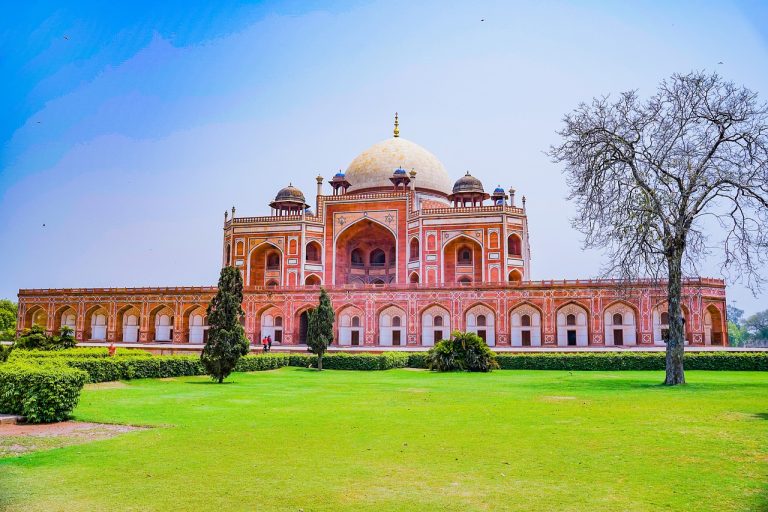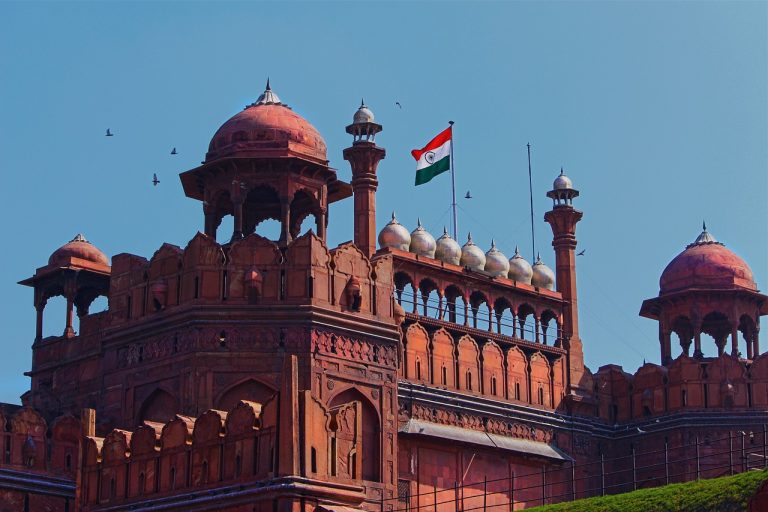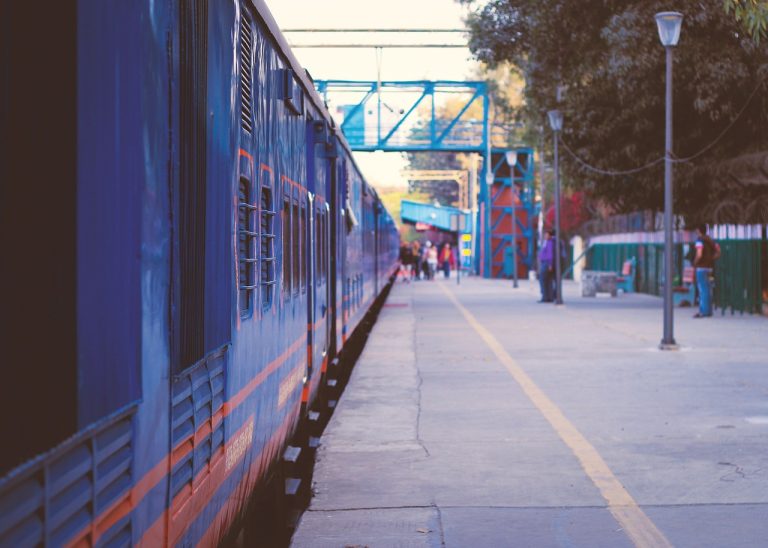Delhi India Video
Historical Treasures of Delhi India: Reliving the Past
Delhi, the capital city of India, is steeped in rich history and is home to numerous historical treasures that offer a glimpse into the past. From ancient monuments to magnificent forts, Delhi is a treasure trove of architectural marvels and cultural heritage. In this article, we will explore ten such historical treasures of Delhi that allow visitors to relive the past.
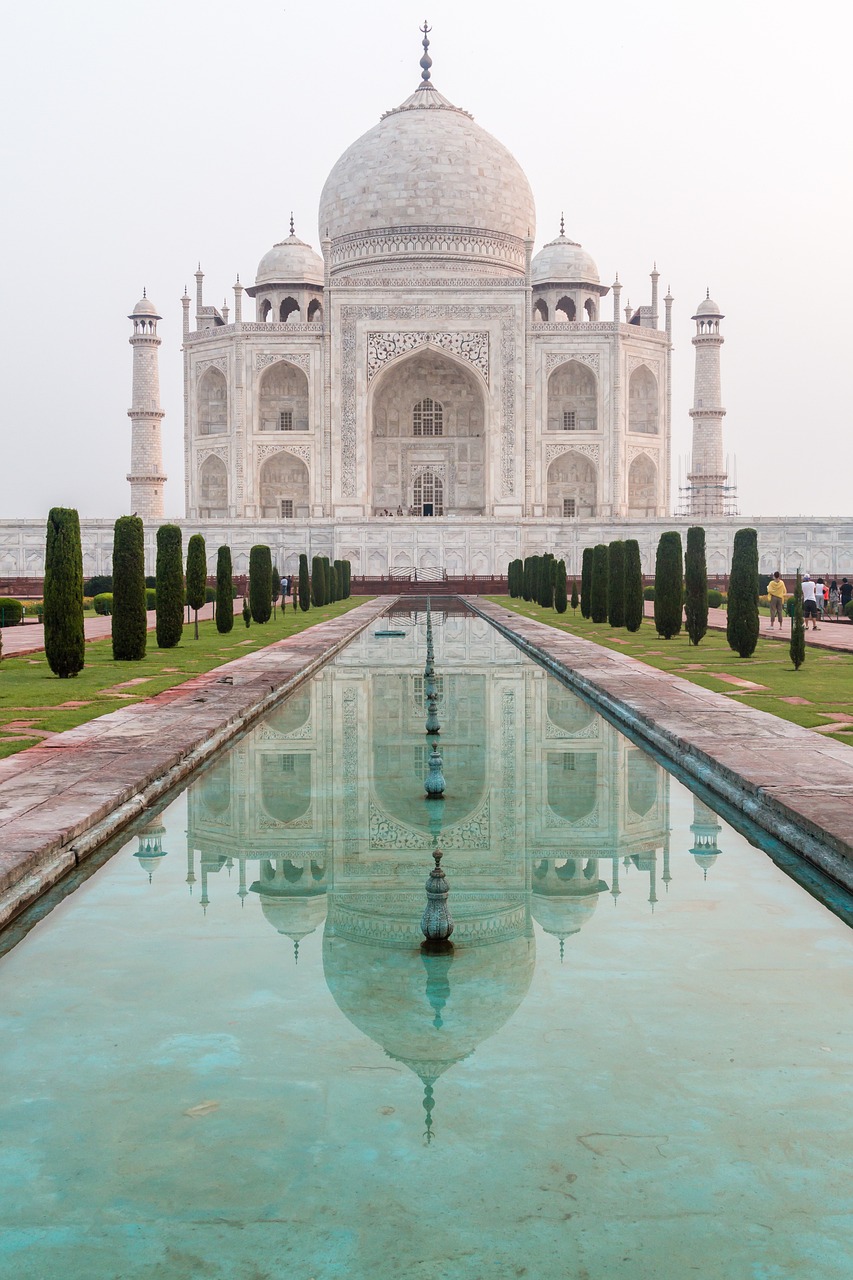
1. Red Fort: The Majestic Citadel
The Red Fort, also known as Lal Qila, is a UNESCO World Heritage Site and one of the most iconic landmarks of Delhi. Built by the Mughal Emperor Shah Jahan in the 17th century, this majestic citadel showcases the grandeur of Mughal architecture. Its red sandstone walls, intricate carvings, and sprawling gardens make it a must-visit historical site in Delhi.
- Keywords: Red Fort, Lal Qila, Mughal architecture, UNESCO World Heritage Site
- The Red Fort served as the residence of the Mughal emperors for nearly 200 years.
- It houses several significant structures, including the Diwan-i-Aam (Hall of Public Audience) and Diwan-i-Khas (Hall of Private Audience).
- The Light and Sound Show held in the evenings narrates the history of the fort and its significance.
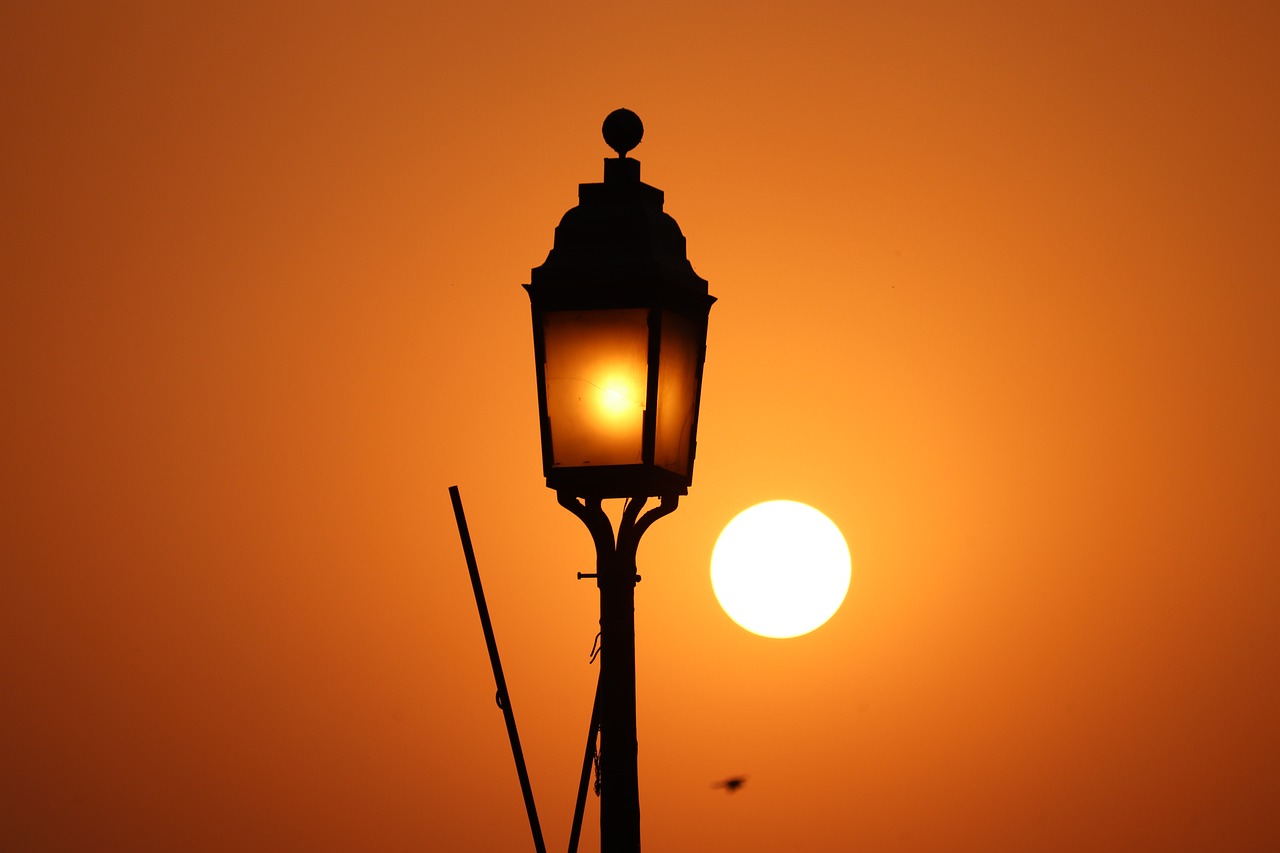
2. Qutub Minar: The Towering Wonder
Qutub Minar, a towering minaret, is another UNESCO World Heritage Site in Delhi. Built in the 12th century by Qutb-ud-din Aibak, it stands as a remarkable example of Indo-Islamic architecture. The minaret, along with the surrounding complex, showcases intricate carvings, ancient ruins, and beautiful gardens.
- Keywords: Qutub Minar, UNESCO World Heritage Site, Indo-Islamic architecture
- The Qutub Minar is the tallest brick minaret in the world, standing at a height of 73 meters.
- The complex also houses the Iron Pillar of Delhi, which dates back to the 4th century and has not rusted despite being exposed to the elements for centuries.
- Visitors can explore the nearby Alai Darwaza, Quwwat-ul-Islam Mosque, and the Tomb of Iltutmish within the complex.
3. Humayun’s Tomb: A Mughal Masterpiece
Humayun’s Tomb, commissioned by Emperor Humayun’s wife, is a stunning mausoleum and a UNESCO World Heritage Site. Built in the 16th century, it served as an architectural inspiration for the Taj Mahal. The tomb, surrounded by beautiful gardens, features intricate Persian and Mughal architectural elements.
- Keywords: Humayun’s Tomb, UNESCO World Heritage Site, Persian and Mughal architecture
- The tomb is the first garden-tomb in the Indian subcontinent and influenced the architectural style of later Mughal structures.
- It houses the graves of several Mughal emperors and their family members.
- The Char Bagh garden layout, divided into four quadrants, adds to the beauty and symmetry of the tomb.

4. Jama Masjid: India’s Largest Mosque
Jama Masjid, located in the heart of Old Delhi, is the largest mosque in India. Built by Emperor Shah Jahan, it can accommodate around 25,000 worshippers at a time. The mosque’s impressive architecture, including its red sandstone and marble domes, makes it an architectural marvel.
- Keywords: Jama Masjid, largest mosque, Shah Jahan, Old Delhi
- The mosque’s courtyard is vast and can hold a large gathering during religious festivals.
- Visitors can climb the minarets of Jama Masjid to enjoy panoramic views of Old Delhi.
- The mosque houses several relics, including a hair strand believed to be from the beard of Prophet Muhammad.
5. India Gate: The War Memorial
India Gate, originally known as the All India War Memorial, is a prominent landmark in Delhi. Built in memory of the Indian soldiers who lost their lives during World War I, it stands as a symbol of national pride. The monument, designed by Sir Edwin Lutyens, is surrounded by lush lawns and serves as a popular picnic spot.
- Keywords: India Gate, All India War Memorial, Sir Edwin Lutyens
- The Amar Jawan Jyoti, an eternal flame, burns beneath the arch of India Gate to honor the soldiers who sacrificed their lives.
- Around India Gate, visitors can find various food stalls and enjoy boating in the nearby lake.
- The monument is beautifully lit up in the evenings, making it a picturesque sight.
6. Hauz Khas Complex: A Blend of History and Urban Culture
Hauz Khas Complex, located in South Delhi, is a historic complex that combines ancient ruins with modern-day attractions. It comprises a medieval water tank, an Islamic seminary, a mosque, and a deer park. The complex also houses trendy cafes, boutiques, and art galleries, making it a popular hangout spot.
- Keywords: Hauz Khas Complex, South Delhi, urban culture, art galleries
- The complex dates back to the 13th century and was developed by Alauddin Khilji as a water reservoir.
- Visitors can explore the remnants of the Madrasa, mosque, and tombs within the complex.
- The deer park within Hauz Khas Complex offers a serene environment and is ideal for leisurely walks.

7. Lotus Temple: A Symbol of Unity
The Lotus Temple, also known as the Bahá’í House of Worship, is a mesmerizing architectural masterpiece in Delhi. Its lotus-shaped structure is open to people of all religions, promoting unity and peace. Visitors can enjoy the serene atmosphere and meditate in the prayer hall.
- Keywords: Lotus Temple, Bahá’í House of Worship, unity, peace
- The temple’s design is inspired by the lotus flower, symbolizing purity and spirituality.
- It is one of the most visited architectural wonders in the world.
- The prayer hall can accommodate up to 2,500 people and is devoid of any religious symbols.
8. National Museum: Preserving India’s Heritage
The National Museum in Delhi is the largest museum in India, showcasing a vast collection of artifacts, artworks, and relics from different periods of Indian history. It offers an in-depth understanding of India’s rich cultural heritage through its diverse exhibits.
- Keywords: National Museum, artifacts, artworks, Indian history
- The museum houses over 200,000 works of art, including ancient sculptures, paintings, and archaeological finds.
- Visitors can explore galleries dedicated to various themes, such as Indian textiles, miniature paintings, and Indus Valley Civilization.
- The National Museum also hosts temporary exhibitions and educational programs.
9. Akshardham Temple: A Spiritual Haven
Akshardham Temple, one of the largest Hindu temples in the world, is a spiritual and cultural complex in Delhi. Built-in traditional Indian architectural style, it showcases intricate carvings, beautiful gardens, and a fascinating light and sound show.
- Keywords: Akshardham Temple, Hindu temple, traditional Indian architecture
- The temple complex features exhibitions that depict the life and teachings of Swaminarayan, the temple’s spiritual leader.
- Visitors can enjoy boat rides, musical fountain shows, and explore the temple’s intricately carved interiors.
- The temple’s serene atmosphere provides a peaceful escape from the hustle and bustle of the city.
10. Safdarjung’s Tomb: A Forgotten Gem
Safdarjung’s Tomb, built in the 18th century, is a lesser-known architectural gem in Delhi. It serves as the mausoleum of Safdarjung, the prime minister of the Mughal Empire. The tomb’s intricate carvings, beautiful gardens, and tranquil surroundings make it a hidden treasure.
- Keywords: Safdarjung’s Tomb, Mughal Empire, prime minister, hidden treasure
- The tomb’s design is inspired by the famous Humayun’s Tomb.
- It offers a peaceful ambiance and is less crowded compared to other popular historical sites in Delhi.
- The gardens surrounding the tomb are perfect for a leisurely stroll or a picnic.
Conclusion
Delhi, with its historical treasures, provides a captivating journey through time. From the magnificent Red Fort and Qutub Minar to the serene Lotus Temple and Safdarjung’s Tomb, each monument showcases the city’s rich heritage and architectural splendor. Exploring these historical sites allows visitors to relive the past and appreciate the cultural diversity of Delhi.
References
– Archaeological Survey of India: www.asi.nic.in
– Ministry of Tourism, Government of India: www.tourism.gov.in
– National Museum, New Delhi: www.nationalmuseumindia.gov.in
– Official Website of Delhi Tourism: www.delhitourism.gov.in
– UNESCO World Heritage Centre: whc.unesco.org


